Reactivity of EtMgBr with the following in the decreasing order is :
(i) HCHO
(ii) MeCHO
(iii) MeCOMe
(iv) Cl3C−CHO.
(i)>(ii)>(iii)>(iv)
(iv)>(iii)>(ii)>(i)
(iv)>(i)>(ii)>(iii)
(iii)>(ii)(i)>(iv)
The correct Answer is:C
To determine the reactivity of ethyl magnesium bromide (EtMgBr) with the given compounds in decreasing order, we need to consider the nature of the carbonyl compounds and how they interact with Grignard reagents.
1. Identify the Nature of the Reactants:
- EtMgBr is a Grignard reagent, which acts as a strong nucleophile.
- The compounds to react with are:
- (i) HCHO (formaldehyde)
- (ii) MeCHO (acetaldehyde)
- (iii) MeCOMe (acetone)
- (iv) Cl₃C-CHO (trichloroacetaldehyde)
2. Understand the Reactivity of Carbonyl Compounds:
- Aldehydes are generally more reactive than ketones because they have one alkyl group (which is electron-donating) compared to two in ketones.
- Electron-withdrawing groups (like Cl) increase the electrophilicity of the carbonyl carbon, making it more reactive towards nucleophiles.
3. Analyze Each Compound:
- HCHO (formaldehyde): No electron-donating groups, making it highly reactive.
- MeCHO (acetaldehyde): Has one methyl group (electron-donating), less reactive than formaldehyde.
- MeCOMe (acetone): Has two methyl groups (electron-donating), making it the least reactive among aldehydes.
- Cl₃C-CHO (trichloroacetaldehyde): The presence of three chlorine atoms (electron-withdrawing) significantly increases its reactivity.
4. Rank the Reactivity:
- The order of reactivity based on the analysis:
1. Cl₃C-CHO (most reactive due to strong electron-withdrawing effect)
2. HCHO (high reactivity as an aldehyde)
3. MeCHO (less reactive due to one electron-donating group)
4. MeCOMe (least reactive due to two electron-donating groups)
5. Final Order:
- The decreasing order of reactivity of EtMgBr with the given compounds is:
- Cl₃C-CHO > HCHO > MeCHO > MeCOMe
Conclusion:
The final order of reactivity of EtMgBr with the given compounds in decreasing order is:
- (iv) Cl₃C-CHO > (i) HCHO > (ii) MeCHO > (iii) MeCOMe.
- EtMgBr is a Grignard reagent, which acts as a strong nucleophile.
- The compounds to react with are:
- (i) HCHO (formaldehyde)
- (ii) MeCHO (acetaldehyde)
- (iii) MeCOMe (acetone)
- (iv) Cl₃C-CHO (trichloroacetaldehyde)
- Aldehydes are generally more reactive than ketones because they have one alkyl group (which is electron-donating) compared to two in ketones.
- Electron-withdrawing groups (like Cl) increase the electrophilicity of the carbonyl carbon, making it more reactive towards nucleophiles.
- HCHO (formaldehyde): No electron-donating groups, making it highly reactive.
- MeCHO (acetaldehyde): Has one methyl group (electron-donating), less reactive than formaldehyde.
- MeCOMe (acetone): Has two methyl groups (electron-donating), making it the least reactive among aldehydes.
- Cl₃C-CHO (trichloroacetaldehyde): The presence of three chlorine atoms (electron-withdrawing) significantly increases its reactivity.
- The order of reactivity based on the analysis:
1. Cl₃C-CHO (most reactive due to strong electron-withdrawing effect)
2. HCHO (high reactivity as an aldehyde)
3. MeCHO (less reactive due to one electron-donating group)
4. MeCOMe (least reactive due to two electron-donating groups)
- The decreasing order of reactivity of EtMgBr with the given compounds is:
- Cl₃C-CHO > HCHO > MeCHO > MeCOMe
The final order of reactivity of EtMgBr with the given compounds in decreasing order is:
- (iv) Cl₃C-CHO > (i) HCHO > (ii) MeCHO > (iii) MeCOMe.
Topper's Solved these Questions
- GRIGNARD REAGENTS AND ORGANOMETALLIC REAGENTSBOOK - CENGAGE CHEMISTRY ENGLISHCHAPTER - GRIGNARD REAGENTS AND ORGANOMETALLIC REAGENTSEXERCISE - Exercises Archives (Single Correct)
4 Videos
- GRIGNARD REAGENTS AND ORGANOMETALLIC REAGENTSBOOK - CENGAGE CHEMISTRY ENGLISHCHAPTER - GRIGNARD REAGENTS AND ORGANOMETALLIC REAGENTSEXERCISE - Exercises Archives (True/False)
1 Videos
- GRIGNARD REAGENTS AND ORGANOMETALLIC REAGENTSBOOK - CENGAGE CHEMISTRY ENGLISHCHAPTER - GRIGNARD REAGENTS AND ORGANOMETALLIC REAGENTSEXERCISE - Exercises (Multiple Correct)
16 Videos
- GENERAL PRINCIPLES AND PROCESS OF ISOLATION OF ELEMENTSBOOK - CENGAGE CHEMISTRY ENGLISHCHAPTER - GENERAL PRINCIPLES AND PROCESS OF ISOLATION OF ELEMENTSEXERCISE - Archives (Subjective)
14 Videos
- NCERT BASED EXERCISEBOOK - CENGAGE CHEMISTRY ENGLISHCHAPTER - NCERT BASED EXERCISEEXERCISE - Nuclear Chemistry (NCERT Exercise)
29 Videos
Similar Questions
Reactivity of MeMgBr with the following in the decreasing order is :
(i)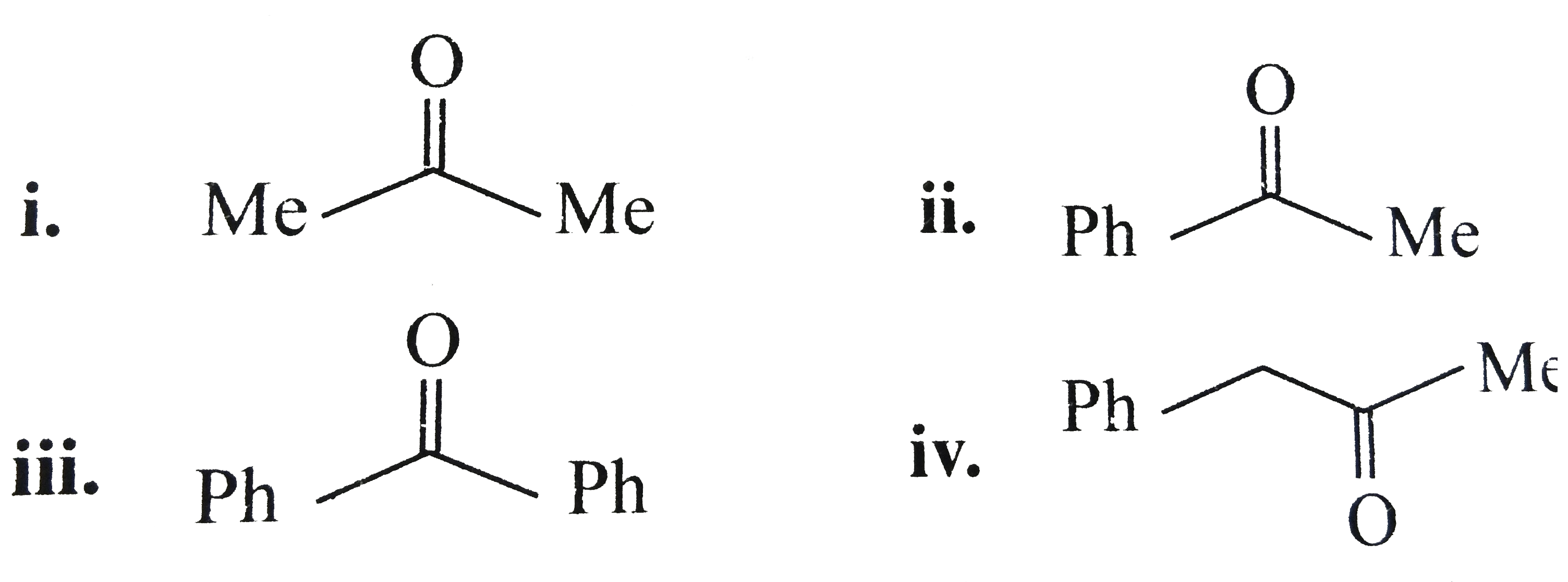
View SolutionReactivity of PhMgBr with the following in the decreasing order is :
(i) PhCHO
(ii)
(iii)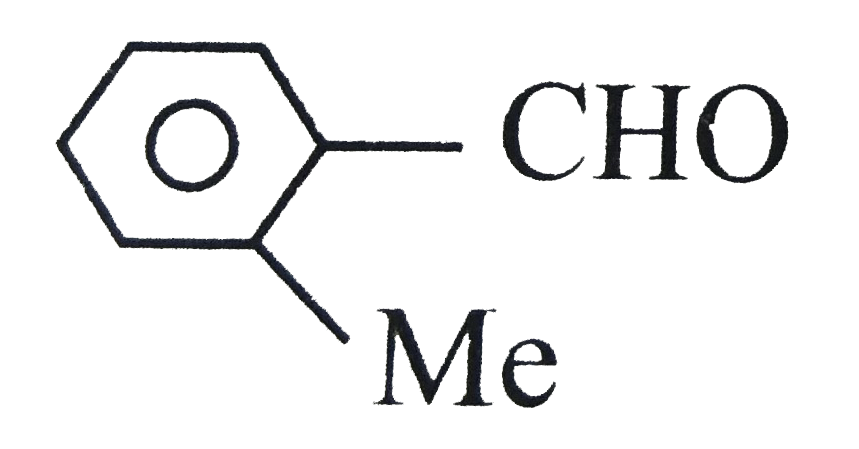
(iv)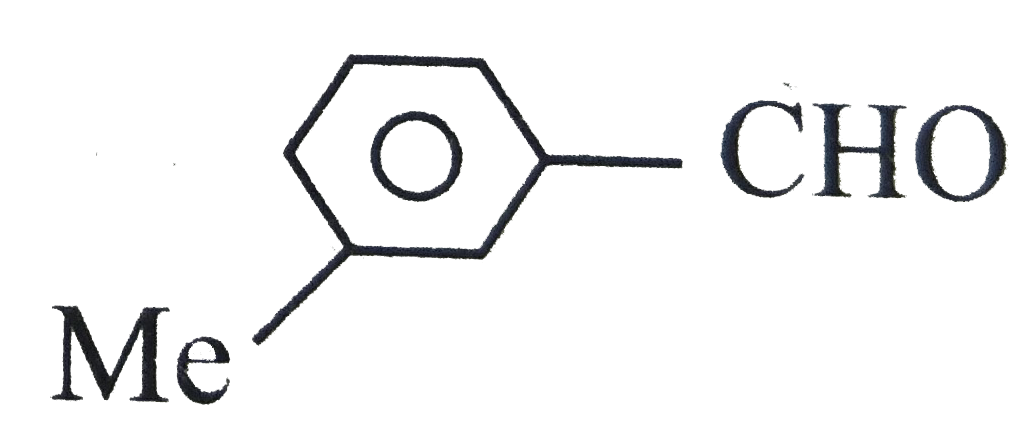 .
.
View SolutionReactivity of PhMgBr with the following in the decreasing order is :
(i) Alcohol
(ii) Aldehyde
(iii) Ketone
(iv) Ester.
View SolutionReactivity of HCHO with the following G.R in the decreasing order is :
(i) PhMgBr
(ii) PhCH2MgBr
(iii)
(iv) .
.
View SolutionReactivity of
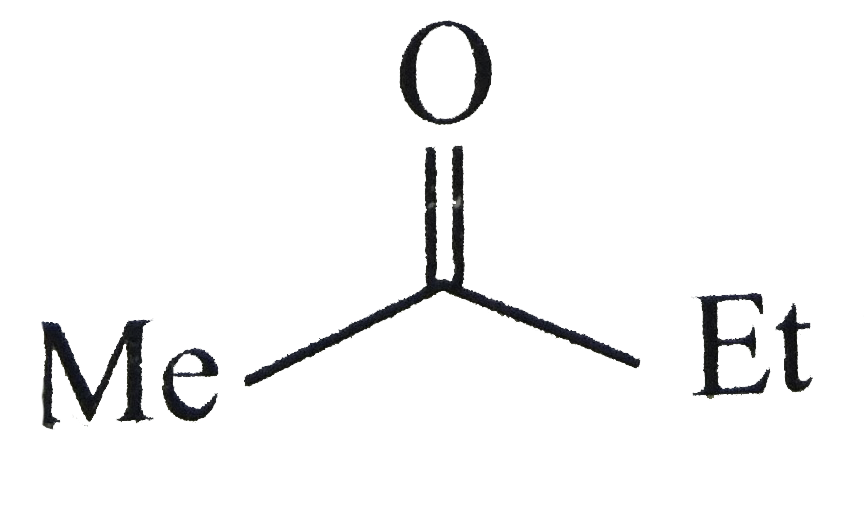 with the following G.R in the decreasing order is :
with the following G.R in the decreasing order is :
(i) MeMgBr
(ii) EtMgBr
(iii) Me2CH−MgBr
(iv) Me3C−MgBr.
View SolutionReactivity of HCHO with the following Grignard reagent in the decreasing order is
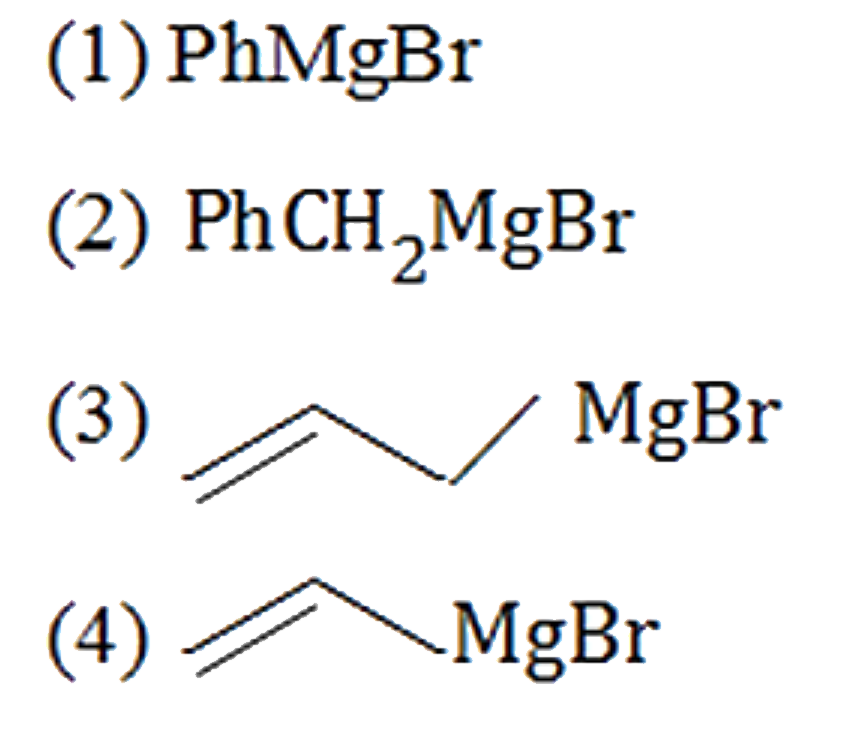
View SolutionArrange the following in their decreasing order of Basicity.
(I)
(III)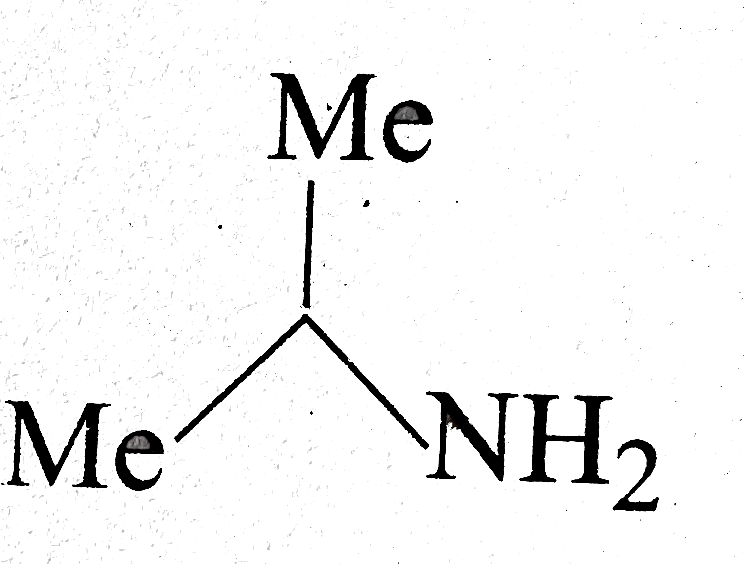
(IV) NH3.
View SolutionArrange the following in the decreasing order of their boiling points: (i) C2H5Br (ii) C2H5Cl (iii) C2H5I
View SolutionArrange the following in increasing order of reactivity :
HCHO,CH3CHO AND C6H5CHO
View SolutionArrange the following in increasing order of reactivity :
HCHO,CH3CHO AND C6H5CHO
View Solution
